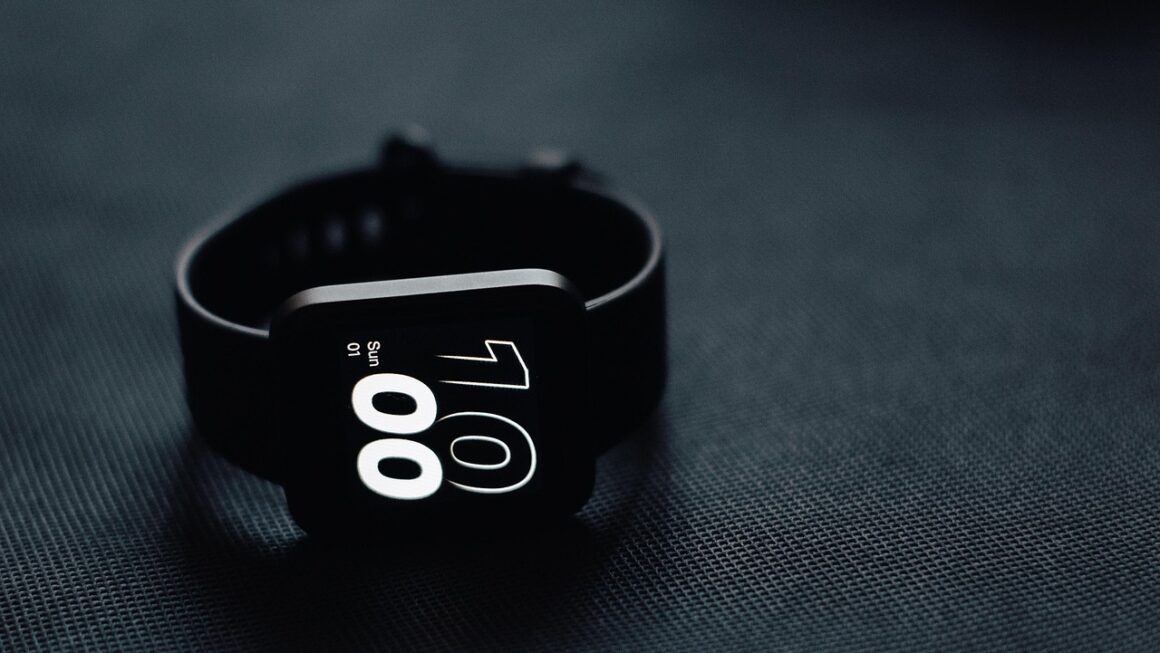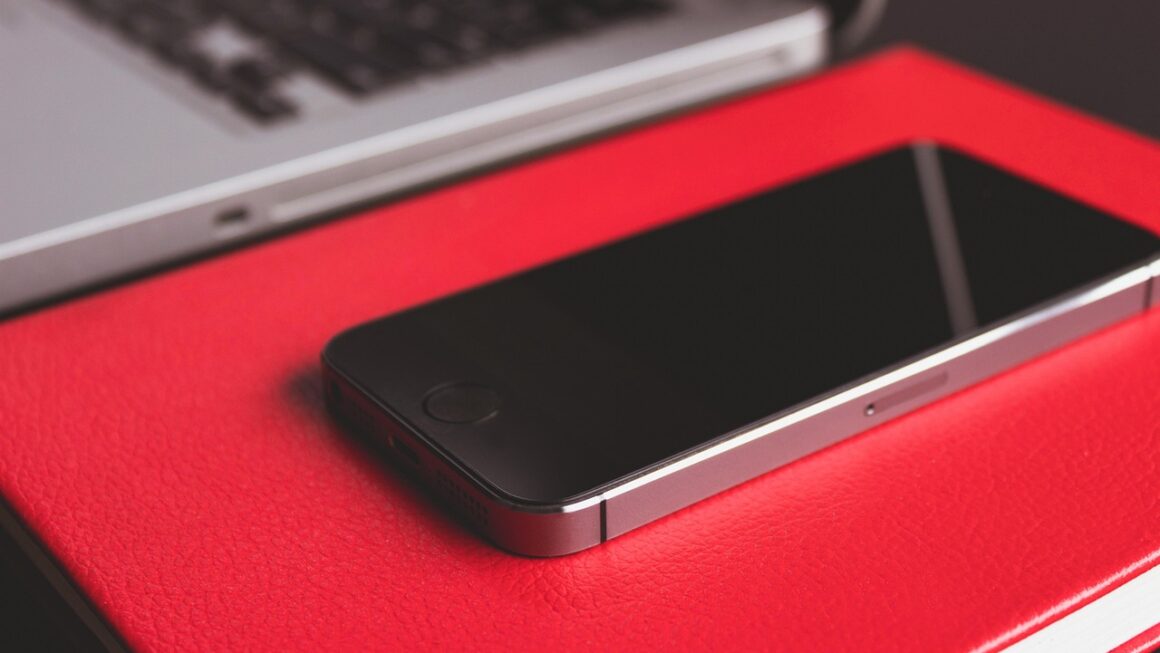Smartwatches have evolved from novel gadgets to essential companions, seamlessly integrating into our lives. They offer a blend of convenience, health tracking, and connectivity, making them more than just time-telling devices. If you’re considering joining the smartwatch revolution, this guide will provide a comprehensive overview of what these wearables offer and how to choose the right one for your needs.
Understanding Smartwatches: More Than Just a Watch
What is a Smartwatch?
A smartwatch is a wearable computer in the form of a wristwatch. Modern smartwatches provide a local touchscreen interface for daily use and a smartphone app for management and telemetry (such as long-term monitoring). While early models could perform basic tasks, many modern smartwatches can effectively mirror smartphone functionality. They typically include features like:
- Displaying notifications from your phone (calls, texts, emails, social media)
- Tracking fitness activities (steps, heart rate, sleep)
- Running apps for various purposes (music, navigation, productivity)
- Making contactless payments
- Voice assistant integration (Siri, Google Assistant, Alexa)
- Standalone cellular connectivity (on some models)
How Smartwatches Connect
Smartwatches primarily connect to your smartphone via Bluetooth. This connection allows the watch to receive notifications, transfer data, and control certain phone functions. Some smartwatches also support Wi-Fi connectivity, allowing them to connect directly to the internet for app updates or independent functionality. Cellular-enabled smartwatches offer the most independence, allowing you to make calls, send texts, and access data without needing your phone nearby. The trade-off is that these models usually come with a higher price tag and require a separate cellular plan.
Key Features and Benefits of Smartwatches
Health and Fitness Tracking
This is a major draw for many users. Smartwatches provide a wealth of data and features designed to help you monitor and improve your health. Examples include:
- Heart Rate Monitoring: Continuously tracks your heart rate, alerting you to irregularities or potential issues. For example, the Apple Watch can detect unusually high or low heart rates and notify you.
- Activity Tracking: Automatically records steps taken, distance traveled, calories burned, and active minutes. Many smartwatches offer specialized workout modes for running, cycling, swimming, and more.
- Sleep Tracking: Monitors your sleep stages (light, deep, REM) and provides insights into your sleep quality. Apps like Sleep Cycle can integrate this data to offer personalized sleep coaching.
- SpO2 Monitoring: Measures your blood oxygen saturation levels, an important indicator of respiratory health. This is particularly useful for athletes or individuals with certain medical conditions.
- ECG/EKG: Select smartwatches can take an electrocardiogram (ECG), potentially detecting signs of atrial fibrillation. This data can be shared with your doctor for further evaluation.
- Fall Detection: Some smartwatches, like the Apple Watch and certain Garmin models, can detect hard falls and automatically alert emergency services if you’re unresponsive.
Communication and Convenience
Smartwatches streamline communication and offer convenient access to information right on your wrist. Here are a few ways they enhance your daily life:
- Notifications: Receive instant notifications for calls, texts, emails, and app alerts without needing to constantly check your phone.
- Making and Receiving Calls: Cellular-enabled smartwatches allow you to make and receive calls directly from your wrist, ideal for situations where you can’t easily access your phone.
- Voice Assistant Integration: Quickly access information, set reminders, control smart home devices, and more using voice commands via Siri, Google Assistant, or Alexa.
- Contactless Payments: Make secure purchases using Apple Pay, Google Pay, or Samsung Pay directly from your smartwatch. Just tap your wrist at the checkout terminal.
- Music Control: Control music playback on your phone or stream music directly to your smartwatch (if it supports offline playback) for phone-free listening.
- Navigation: Get turn-by-turn directions on your wrist, helpful for walking, cycling, or driving in unfamiliar areas.
Productivity and Organization
Smartwatches can boost your productivity by keeping you organized and on top of your tasks.
- Reminders and Alarms: Set reminders and alarms to stay on schedule and avoid missing important appointments or deadlines.
- Calendar Integration: View your calendar events and appointments directly on your watch face.
- Task Management: Use dedicated smartwatch apps to manage your to-do lists and track your progress on projects.
- Email and Messaging: Read and respond to emails and messages directly from your wrist, saving you the hassle of pulling out your phone for quick replies.
Choosing the Right Smartwatch
Operating System Compatibility
The first step is ensuring compatibility with your smartphone’s operating system. Here are the major players:
- Apple Watch (watchOS): Exclusively compatible with iPhones. Offers seamless integration with the Apple ecosystem and a wide range of features.
- Wear OS (Google): Compatible with both Android and iPhones (with limited functionality on iOS). Offers a variety of watch models from different manufacturers, providing a wider range of styles and price points. For example, the Google Pixel Watch is a popular Wear OS option.
- Tizen (Samsung – gradually transitioning to Wear OS): While older Samsung smartwatches used Tizen, newer models like the Galaxy Watch 4 and later run Wear OS.
- Proprietary OS (Fitbit, Garmin, Xiaomi): These smartwatches use their own operating systems, offering a balance of features and battery life. Compatibility varies, but most are compatible with both Android and iOS.
Features and Functionality
Consider which features are most important to you. If fitness tracking is your priority, look for a smartwatch with comprehensive health metrics, GPS, and workout modes. If you need cellular connectivity for phone calls and messaging, choose a model that supports it. Other considerations include:
- Display: Opt for a bright and clear display that’s easy to read in direct sunlight. AMOLED displays offer vibrant colors and deep blacks, while LCD displays are generally more energy-efficient.
- Battery Life: Battery life varies significantly between smartwatches. Some models last for a day or two, while others can last for a week or more on a single charge.
- Water Resistance: If you plan to wear your smartwatch while swimming or showering, make sure it has a sufficient water resistance rating (at least 5 ATM).
- Style and Design: Choose a smartwatch that matches your personal style and preferences. Consider the size, shape, materials, and available band options.
Budget
Smartwatches range in price from around $100 to over $500. Determine your budget beforehand and prioritize the features that are most important to you. Keep in mind that higher-end models often offer more advanced features, better build quality, and longer battery life.
Maintaining Your Smartwatch
Software Updates
Regularly update your smartwatch’s software to ensure you have the latest features, bug fixes, and security patches. These updates are usually delivered wirelessly via your smartphone app.
Battery Care
To maximize battery life, avoid exposing your smartwatch to extreme temperatures, and charge it using the recommended charger. Turn off unnecessary features, such as always-on display or constant heart rate monitoring, if you don’t need them.
Cleaning
Clean your smartwatch regularly with a soft, damp cloth. Avoid using harsh chemicals or abrasive cleaners that could damage the screen or casing. Pay particular attention to the band, as it can accumulate sweat and dirt.
Conclusion
Smartwatches offer a compelling blend of convenience, health tracking, and connectivity, making them a valuable addition to modern life. By carefully considering your needs and preferences, you can choose a smartwatch that seamlessly integrates into your daily routine and helps you stay connected, healthy, and organized. With the continuous evolution of technology, smartwatches are poised to become even more indispensable in the years to come.




